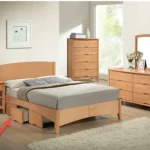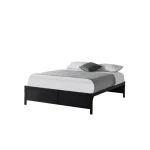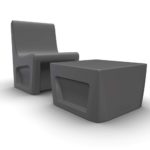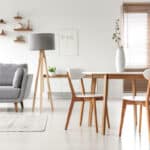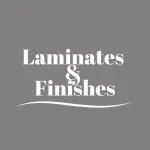CAL 117 and CAL 133 flamatory laws explained easy
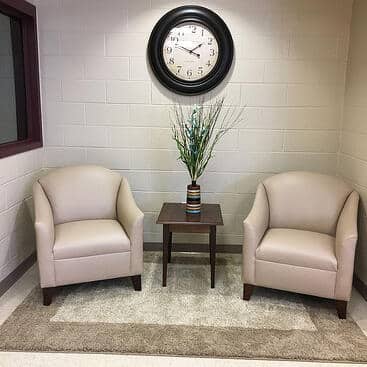
If you are reading this article chances are you have been told that your furniture needs to be compliant with the State of California Technical Bulletin 133, more commonly known as CAL 133 (also referred to as CAL133, Cal TB 133, TB133).
For those of you saying “but I don’t live in California, what does this have to do with me?” the fact of the matter is that it is a widely adopted code that is used all across the country.If you are looking to buy furniture for your health care or group living facility it is critical to review your local, state, or licensing codes. Make sure to read the fine print because there are a lot of variations to compliance depending on who you have to answer to – there is a difference between requiring certified components and requiring certified assembled piece.
Here is a little background on CAL 133. In the mid-1970’s the State of California, reacting to the threat of fires started inside public building by errant cigarettes, tasked a group of chemists to research how to minimize the risk of fire in public spaces. These chemists identified exacting standards for flammability characteristics of furniture, bedding, and fixtures. The resulting CAL 133 is a test procedure to measure flammability. CAL 133 does not identify specific compliant components but only defines the testing procedure that will certify compliance. Trust me, it gets really confusing!
- CAL 117 and ASTM 1537 are the most common and are typically used as a minimum in most public spaces.
- CAL 117 and ASTM 1537 are widely available from almost any contract furniture manufacturer. These bulletins regulate the flammability of components used in producing furniture and fixtures.
- CAL 133 in contrast requires the completed, assembled piece of furniture to be compliant and does not consider the flammability of any components individually.
So you can comply with CAL 117 or ASTM 1537 by using fabrics and foam that meet those standards. They are much less intensive, but still effective, methods of fire control and prevention.
Most often the presence of an approved sprinkler system dictates whether or not CAL 133 will be required. The City of Boston is the most notable exception. Boston is considered by many to have the most stringent regulations for public spaces and typically requires a sample of any new furniture and fixtures to actually be burn tested to determine CAL 133 compliance.
The challenge to any facility required to have CAL 133 tested furniture is that mathematically there are millions of combinations of fabrics, foams, and frames that can be used to create each chair, loveseat, and sofa. Imagine being a facility manager or designer who wants to create a “look” with beautiful fabrics and colors but with a CAL 133 requirement, each fabric and frame combination would require a representative piece to be built and burn tested.
- If you see dollar signs when thinking about that you are correct. Burn tests run in the neighborhood of $400 – $600 on top of the cost of building the representative sample. All in all pricey, but necessary.



